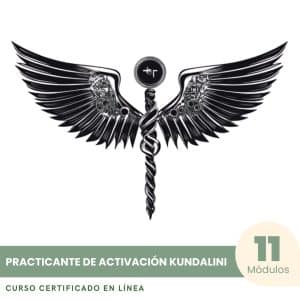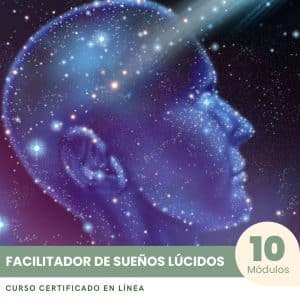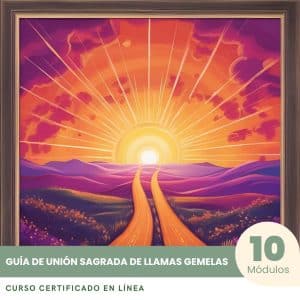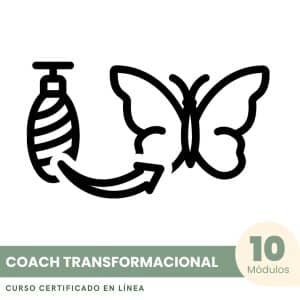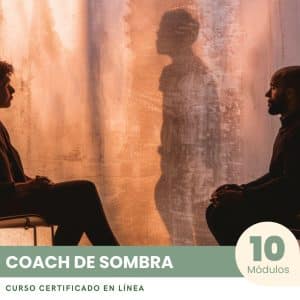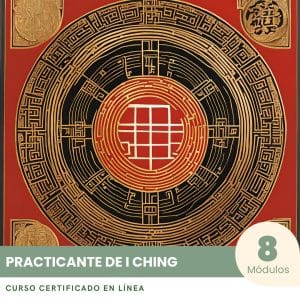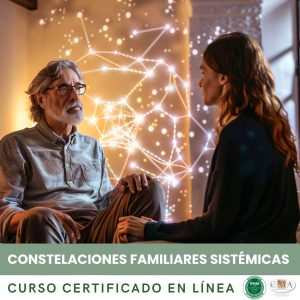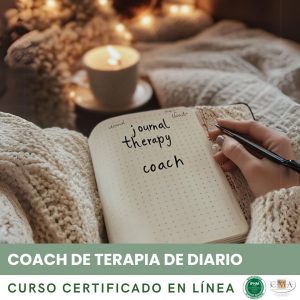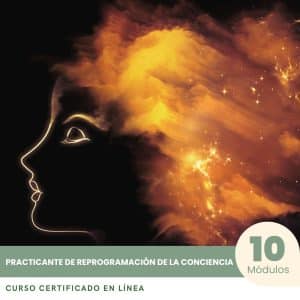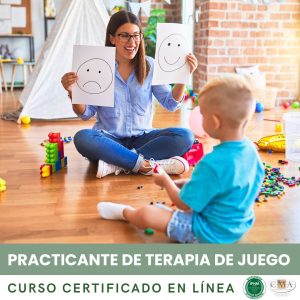6.6 – Planning and organizing session skills
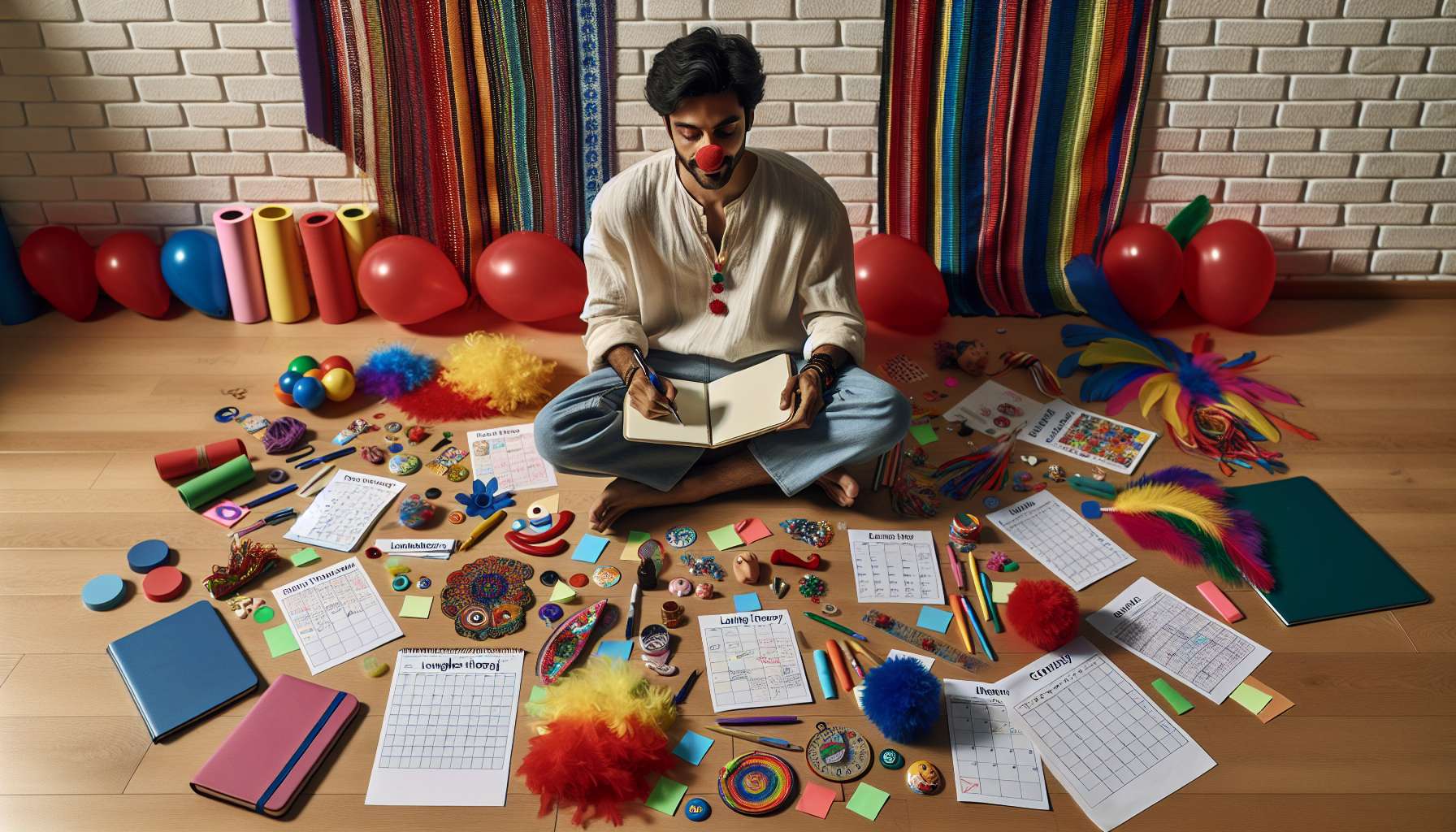
Planning and organizing skills are essential for the Laughter Therapist. They allow the therapist to design structured, coherent interventions adapted to the participants’ needs. Far from being a restriction, this meticulous preparation is the key to smooth and impactful facilitation. It frees the practitioner’s mind to be fully present and attentive in the moment.
The first step is defining the objectives of the session. The Laughter Therapist takes into account the context, expectations, and characteristics of the target audience. Is it a discovery or deepening session? A one-off workshop or a cycle? The objectives can vary: stress reduction, team cohesion, stimulation of creativity, etc. This initial clarification gives direction and meaning to the entire session.
Next, the Laughter Therapist structures the progression of the session into different sequences. Typically, these include: welcoming and preparing the participants, physical and vocal warm-up, the heart of the session with laughter exercises, and closing with a return to calm and a time for discussion. This structure offers logical and reassuring progression while maintaining a dynamic. The practitioner ensures a mix of rhythms, energy levels, and interaction modes to maintain the participants’ engagement.
For example, for a 2-hour workshop in a company on the theme “Boost Your Creativity with Laughter”, the Laughter Therapist might envisage the following schedule:
– Welcome and presentation of objectives (15 min)
– Warm up: Presentation laughter, movement laughter, lion laughter (15 min)
– Laughter and creativity exercises: laughter of unusual professions, fun brainstorming, improv laughter (60 min)
– Return to calm: meditative laughter, laughter breathing (15 min)
– Debriefing and anchoring of learnings (15 min)
For each sequence, the Laughter Therapist carefully chooses the exercises and appropriate supports. They draw from their toolbox, rich in dozens of games and techniques, but also their creativity to imagine new proposals. They ensure that each exercise is linked to the pursued objective and adapted to the participants’ abilities. They prepare the necessary materials, anticipate instructions, and key points to convey.
This meticulous preparation does not prevent them from adapting in real-time to emerging needs. Thanks to their experience and intuition, they know when it is necessary to modify the planned program, to slow down or accelerate the pace, introduce a breathing period or a time for speaking. This flexibility is essential to align as closely as possible to the unique dynamic of each group.
Planning also includes the management of logistical and material aspects. The Laughter Therapist ensures choosing a suitable space, sufficiently large and ventilated to allow movements, with good acoustics. They arrive early to prepare the room, create a welcoming and warm atmosphere. They provide water bottles, tissues, floor mats if necessary. All these details contribute to creating a secure and benevolent environment, conducive to letting go.
At a residential seminar, the Laughter Therapist planned to conduct their session outdoors, in the hotel park. But on the day, heavy rain began pouring. Thanks to their organizational skill, they had anticipated a plan B. They had spotted a fallback room the day before and brought the necessary material. With the help of the participants, they reorganized the space in just a few minutes, creating a friendly circle. The session could begin, in an atmosphere of complicity strengthened by this weather challenge met together!
Planning also goes through the creation of follow-up and evaluation tools. The Laughter Therapist prepares attendance sheets, satisfaction questionnaires, observation grids. These supports allow them to measure the impact of their interventions, identify strengths and areas for improvement. They can continuously refine their practice and report on their action to the sponsors.
But planning competence is not limited to preparation beforehand. It extends after the session, in the period of reflection and analysis. The Laughter Therapist takes the time to review their facilitation, evaluate the strengths and areas to improve. They jot down their observations, questions, ideas for the next step. This reflective practice is essential for developing their professionalism and evolving their posture.
After a particularly challenging session in a palliative care service, the Laughter Therapist feels the need to take a step back. They allow themselves a time to write in their log, to put words on their emotions, question their interventions. By discussing with a colleague, they realize that they set the bar very high, causing unnecessary pressure. They decide to adjust their intention for the next session: instead of wanting to make people laugh at all costs, they will set the simple objective of bringing a moment of lightness and compassionate presence to patients. This inner clarification transforms their approach and enables them to approach the next session with more serenity and availability.
Thus, planning and organization skills are at the heart of the practice of the Laughter Therapist. They allow them to design tailor-made sessions, adapted to each context and audience. They provide a secure and structured framework while leaving room for spontaneity and creativity. They are nourished by continuous reflective practice, to constantly adjust and enrich their interventions. Far from being a constraint, this methodological rigor is the key to a confident professional posture, in the service of the deployment of the benefits of laughter.
Key Points:
– Planning and organization are essential to design structured, coherent, and need-adapted Laughter Therapy sessions.
– The Laughter Therapist first defines the session’s objectives considering context, expectations, and the audience’s characteristics.
– They then structure the progression into different sequences (welcome, warm-up, exercises, cooling down, debriefing) to create a smooth progression and maintain a dynamic.
– For each sequence, they carefully select the exercises and supports linked to the objective and adapted to the participants. They prepare the materials and instructions.
– This meticulous preparation allows them to adapt in real time to the group’s emerging needs thanks to their experience and intuition.
– Planning also includes the management of logistical aspects (room, materials) to create a secure and caring environment.
– The Laughter Therapist creates follow-up and evaluation tools to measure the impact of their interventions and report their action.
– After the session, a reflective and analysis period allows the Laughter Therapist to evolve their practice and posture.
– This methodological rigor, far from being a constraint, is the key to a confident professional posture serving the benefits of laughter.
👉 To download docx (Editable) file click here : Click here
👉 To download PDF file click here : Click here
👉 To download MP3 file click here : Click here


